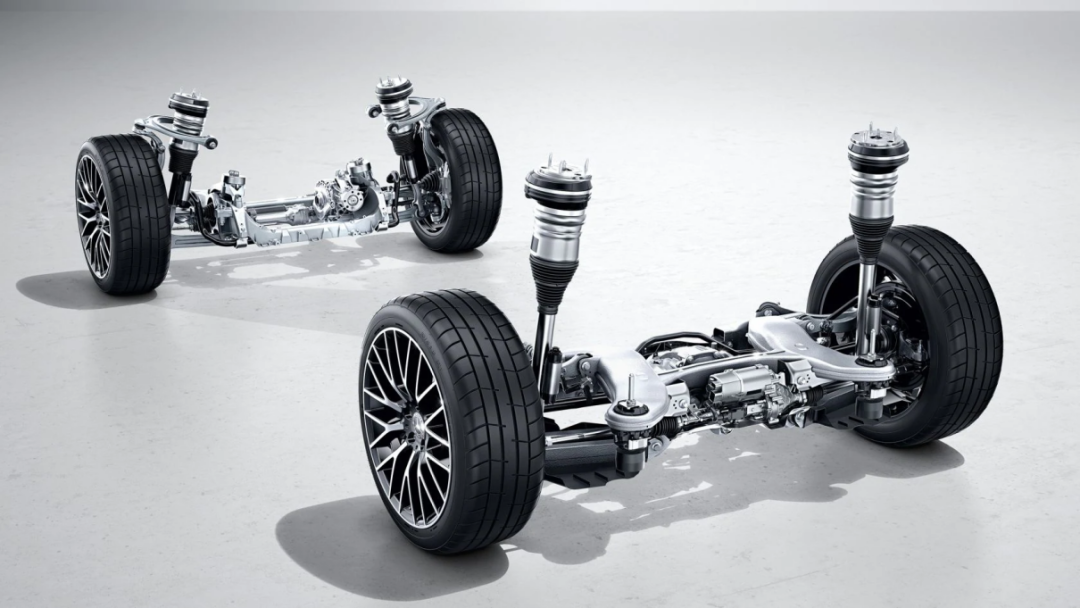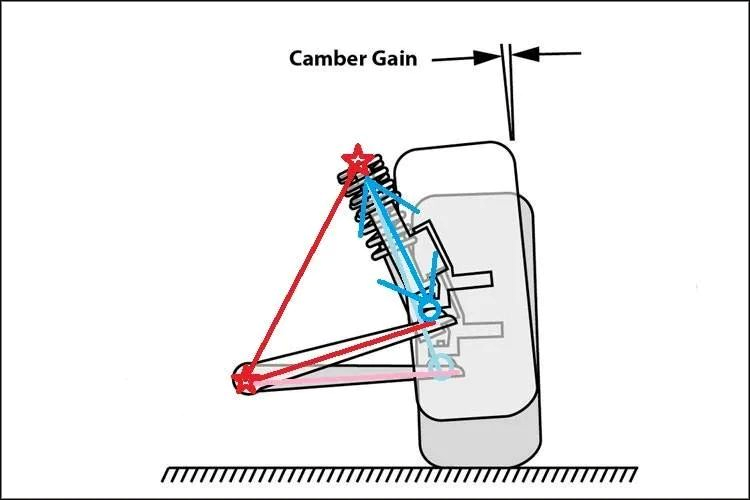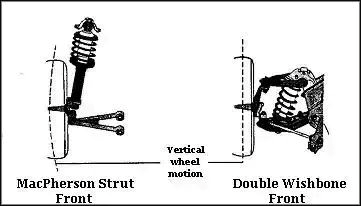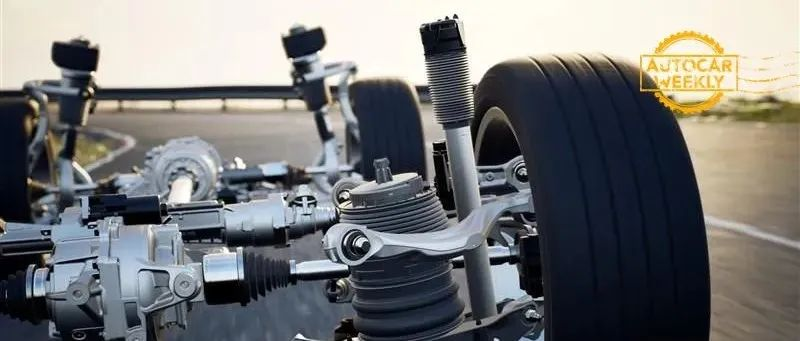Text | AOHUHU
If one believes that nobles and nobles have their own ways, then perhaps now is the best of times. The words and elements that once represented expensive luxury over the past few decades are becoming within reach of the new generation of car brands, and the dung soil of the past is becoming the lord of ten thousand households.
Previously, the zero-to-hundred acceleration was the golden rule for dividing levels, and now it can be achieved in less than 4 seconds for less than 200,000 yuan; once envying electric massage boss chairs and feeling hopeless in this life, now the price of a 3 Series can also make you a boss; the adjustable suspension high-performance chassis, which was like alien technology, is now nearly or over 200,000 yuan as standard.
Under the combination of several trends, such as electrification, new car manufacturing, and intelligence, it seems that everything that was once high up is now being lowered and can be lowered. As the saying goes, it’s all about money. As long as you automakers are willing to die, we consumers are willing to pay the bill.
High-end above high-end
However, this grandiose equality movement has gradually revealed some hard nuts to crack. Not all high-end luxury configurations can be downgraded without mercy. Some things can still remain “high-end” and unshakable. A glance at the configuration list can easily guess that this car is probably not cheap.
For example, air suspension. The bottom system or even the suspension system is a hardcore and mysterious realm for ordinary consumers. However, there are still some names that people know are “expensive” at a glance, such as air suspension or air springs.

Many high-end configuration cards have been downgraded today. The front double-wishbone rear multi-link structure that represents performance has been pulled to the range of tens of thousands by new car manufacturers and independent factories. CDC adjustable shock absorbers that represent electronic black technology are almost on every new power’s high and low levels. Only air suspension refuses to lower its threshold of 300,000 yuan.
Cost and positioning are important reasons, but they are not absolute obstacles. For domestic automakers who are competing for high-end entry, there is nothing that cannot be solved by losing money and making concessions in order to increase their competitiveness. Even for the “buying groceries” level of hundreds of thousands or tens of thousands, the configurations of million-dollar luxury cars are definitely being downgraded.
In addition to the cost, complexity, and maintainability of high-end configurations, what prevents air suspension from becoming commonplace among ordinary people is that it must be matched with a specific suspension structure. In simple terms, many suspension types of low-priced models cannot be adapted to air springs, or the effectiveness and cost-effectiveness of forced adaptation are too low to be worth it.

The primary reason for choosing air springs in passenger cars is their adjustable characteristics of vehicle height, ground clearance, and spring stiffness. The secondary reason could be seeking better stiffness curves, damping performance, and so on. By changing the amount of air in the airbags, the height of the vehicle can be adjusted.
However, the “side effects” of spring height changes are different for different types of suspension structures.
In the MacPherson structure commonly used in low-cost cars, the rigid connection between the spring damper support and the steering knuckle causes a change in the length of the front suspension spring to lead to a change in the positive camber angle of the front wheels. However, since the trajectory traced by the lower arm is an arc, the change in the inclination angle of the front wheels with the change in spring length is nonlinear.

Thus, in modern air suspensions, they are almost always used in front suspensions with front double wishbone/five-link structures. With the presence of upper and lower wishbones and an active connection between the wishbone and the steering knuckle, the change in the inclination angle of the front wheels is still more linear and controllable, usually with smaller amplitude.
Also, because the spring-damper integrated structure commonly used in front suspensions has to bear some lateral stress in the MacPherson structure, this increases the reliability risk for delicate air springs. In the double-wishbone structure, where the spring damper only bears longitudinal forces, the situation of air springs will naturally be much better.

There are few examples of front wheels using the MacPherson structure and equipped with air springs, but not extinct. The most recent example is the Mercedes V-Class MPV, but due to structural constraints, the three heights of its air suspension, standard and sports mode, are only 10mm apart, but the standard mode has a speed limit of 110km/h, while the 35mm lifted mode has a speed limit of only 30km/h.

On the i4 and the new i3, BMW uses air springs on the rear axle to improve front-to-rear balance under heavy loads. However, since the front axle uses the same MacPherson structure as the 3 and 4 series, it does not challenge the high difficulty of air springs and has become a rare type of vehicle that only has rear air suspension.The principle for the rear suspension is similar. To ensure that the linearly controllable rear suspension geometry changes with the change of the vehicle height and air spring length, an independent five-link or trapezoidal integrated link (H-arm) would be more suitable for the rear suspension structure with air springs for most passenger cars today.
Therefore, almost all models equipped with air suspension today have the above-mentioned front and rear suspension structures. In essence, air suspension forms two thresholds. First, it is necessary to use a higher cost-positioned front and rear suspension structure before discussing whether to use air springs.
For example, in the ideal brand, the Ideal ONE is a front MacPherson and rear E-type multi-link structure, which means that there is no possibility of enjoying air suspension (or the necessity is very small), and there won’t even be an opportunity to add it as an optional feature. It is necessary to upgrade to the front double-wishbone and rear five-link suspension structure of the L9 to easily achieve the standard equipped air suspension.
Dividends of the Pure Electric Era
Of course, as we often say, there is no insurmountable barrier, and there are also models with relatively simple and inexpensive suspension structures equipped with air springs. However, this is limited to a few alternative and some old-fashioned models, which basically disappear from the mainstream market.
When entering the pure electric era, the advantages of air suspension can even be said to be magnified.
As we all know, electric vehicles need to lay battery packs on the bottom of the car, which occupies a certain thickness/height direction space. In this “low-magic world,” space cannot disappear out of thin air. The battery pack either squeezes the passenger space upward, raises the floor height, or occupies the ground clearance downward.
If the battery pack thickness is added to the entire vehicle height, it will not only increase the windward area and wind resistance but also increase the bloated feeling of the appearance of passenger cars, and SUVs and MPVs are prone to encounter height restrictions. This is also one of the reasons why many pure electric cars today would rather be exposed to sunlight than install sunshades for panoramic sunroofs.
The more perfect solution is to use air suspension to achieve adjustable height. It can not only lower the car’s height when getting on and off, driving at high speeds, and passing through a height limit but also temporarily increase the ground clearance in the case of needing better off-road capability. This is good news for any type of pure electric car and it is more sensitive than fuel vehicles.Electric vehicles no longer have engine noise and vibration, which makes the benefits of air suspension more noticeable for the higher requirements of NVH performance. Compared to conventional steel springs, air springs have no noise caused by mechanical friction, and their characteristic of air resonance frequency not changing with increasing load is more friendly for improving NVH performance.
When the role and value brought by air suspension are more perceptible than in the past era of fuel vehicles, the hierarchical function of air suspension in the electric era is also highlighted. Considering that fully utilizing the effectiveness of air springs also requires a higher cost suspension structure as the basis, car companies are more willing to use it as a segregation between high and low grades.
This article is a translation by ChatGPT of a Chinese report from 42HOW. If you have any questions about it, please email bd@42how.com.
